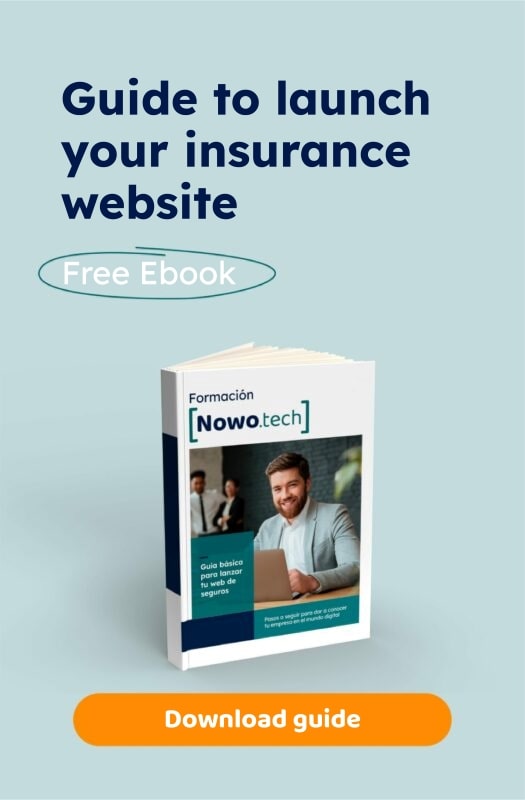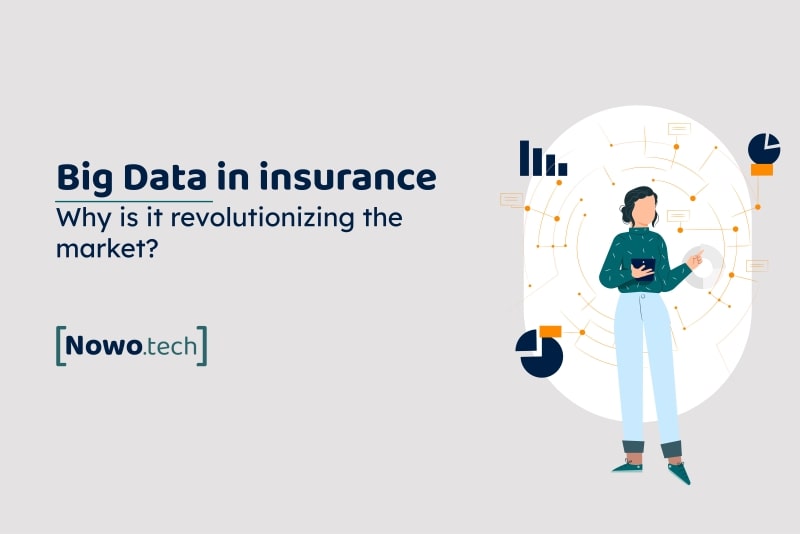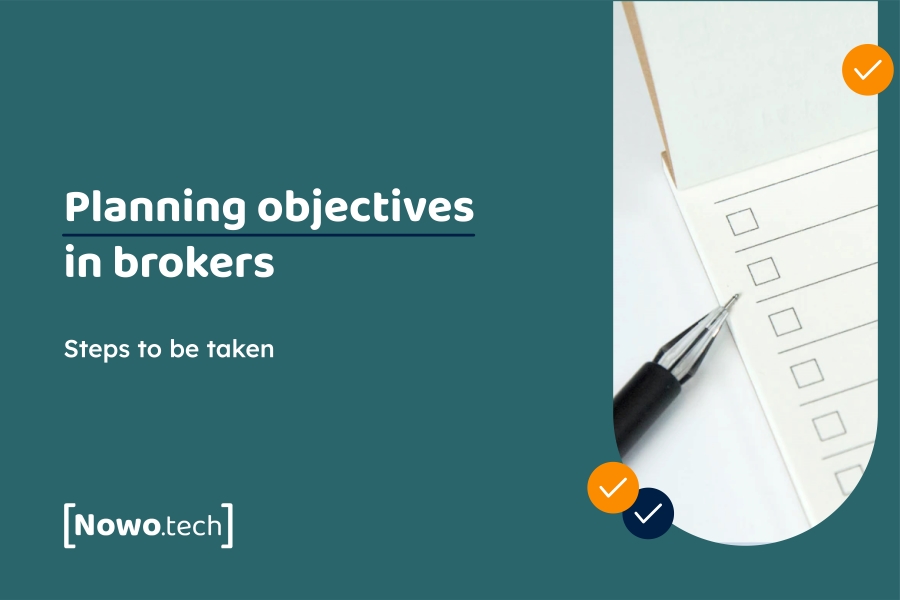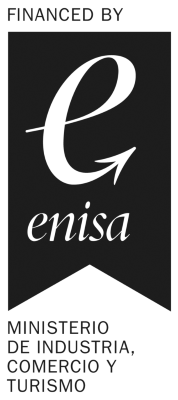Increasingly, brokerages need to develop more targeted marketing strategies to help them differentiate themselves from the competition and retain their customer base. For both purposes, doing a reflection exercise and defining the brokerage’s Buyer Persona can make a difference.
This will help you become aware of who you are targeting and what strategies you should define based on the socio-demographic characteristics, tastes and interests, needs, the means used to get information, the means used to communicate… that you decide to attribute to your Buyer Persona.
What is the Buyer Persona?
When we talk about Buyer Persona, we are referring to the ideal client who contracts the insurance offered by your brokerage. This will be a fictitious representation, to whom we will give name, surname, age, marital status and consumption habits… among other data. It is clearly different from the target or objective public since we humanize the buyer and enter into the realm of their emotions.
An example of a Buyer Persona could be: Luis García, 37 years old, is self-employed, works in construction, is single, is familiar with technologies and buys online, lives in a big city… He is worried about suffering a sick leave that prevents him from working and affects his income, sometimes his work requires him to take out civil liability insurance…
This Buyer Persona will be included in your insurance marketing plan and will be very useful for planning your brokerage’s objectives.
Why is it important to define the Buyer Persona for a brokerage?
The importance of defining the Buyer Persona is due to the fact that it will be of great help when it comes to knowing and detailing the audience, creating marketing strategies much more oriented to the needs of our ideal client. What tone to use, the media and format to use, the message to give, the advantages to highlight… The more details of our Buyer Persona, the easier it will be to launch targeted and optimized campaigns in terms of resources and budget; because we will already know what platforms he uses, what media he uses to get information, what searches he does on the Internet…
Continuing with the previous example, we could consider launching a campaign on social networks that captures Luis’ attention and highlights the advantages of having a sick leave insurance. Those ads would point to our brokerage’s website, where we would have an embedded insurance quoter. As a frequent user of technology, we could get them to sign up online independently. After a while, we would try to send him an email telling him about our specific liability insurance for construction. As Luis already knows us and knows how convenient it is to contract with us, he decides to quote and contract online, achieving a cross-sale at zero cost for the brokerage.
How to identify a brokerage’s Buyer Persona
To identify our Buyer Persona, we must stop and think about who our best clients are: Are they people of a certain age group, do they share the same profession, do they tend to have similar buying behaviors?
But what if we do not yet have a portfolio size that allows us to know for sure? In this case, we can start from an ideal customer profile that we would like to target.
Most relevant characteristics of a Buyer Persona
If we want to define the characteristics of our Buyer Persona correctly, it is a priority that we take some time for reflection and research. Combining what we already know about our customers and consulting information from surveys, market studies, interviews… can help us and give us answers to certain questions.
Age
Since there are age brackets that can be very decisive. For example, it may be more likely that older people are more interested in life insurance, while younger people tend to quote more for mobile insurance; or that they prefer a more or less close treatment depending on how familiar they are with technology.
Sex
Again, combining our own experience with studies and surveys, we can come to the conclusion that there are certain insurance policies that are more likely to be taken out by women than men, and vice versa.
Income
It can be decisive when it comes to taking out insurance, discarding those that are not compulsory and focusing exclusively on the essential ones; or taking out only basic insurance, without extra coverage of any kind; less insured capital…
Hobbies
Directly influencing their purchasing behavior, social circles and even insurance contracting channels. For example, if your Buyer Persona is someone who enjoys traveling and does so frequently, he may be interested in taking out travel insurance, but he may do so from the portal where he bought the airline tickets.
Family situation
As with the other characteristics, the family situation can also be very relevant in determining the Buyer Persona’s buying pattern. This can be seen, for example, in those who are looking for health insurance; they will normally choose a policy that includes the whole family.
Geographic scope
Taking into account that there are certain areas where it is necessary or more common to take out certain insurance policies. An example of this is boat insurance, which is usually taken out in coastal areas.
Behavior
If the Buyer Persona is a digital native, if as a general rule he expects a closer treatment, if he usually contracts in his free time and weekends… It will mark the customer service line to have, if we should give facilities to contract in an autonomous way, the flow of emails and automations…
How to use your Buyer Persona for segmentation
Segmentation using the Buyer Persona is easy. As we have already said, it is the fictitious representation; so we will segment our target audience following the characteristics that we gave to our Buyer Persona previously. Age, geographic scope, interests, devices on which to appear…
Combine Nowo.tech with your Buyer Persona and increase your sales
Although there are infinite combinations and marketing strategies, we propose you some that can work if you use our insurance software:
- Adwords campaign advertising an insurance for smartphones, setting an age between 20-30 years old, to be shown only on mobile devices.
- Mailing campaign to your current customer base, choosing only women and filtering by age range 30-45 years old.









